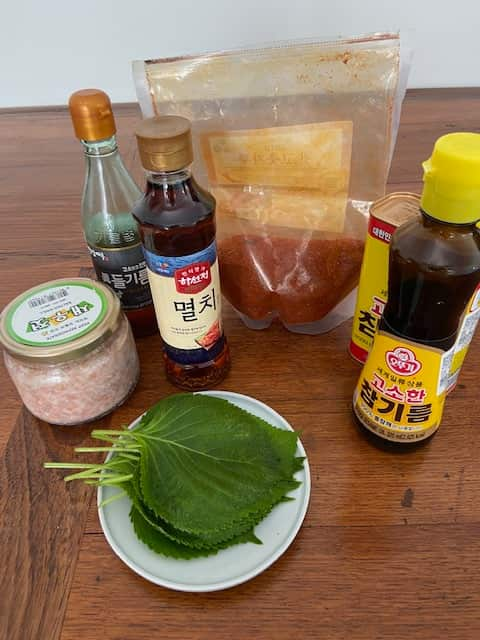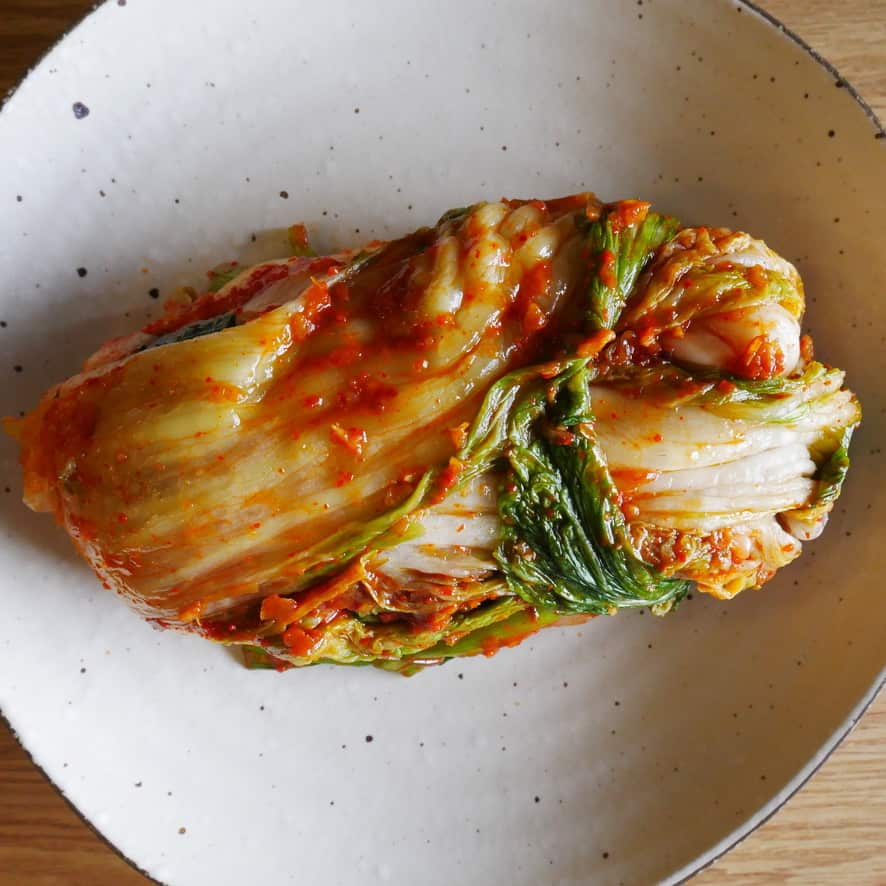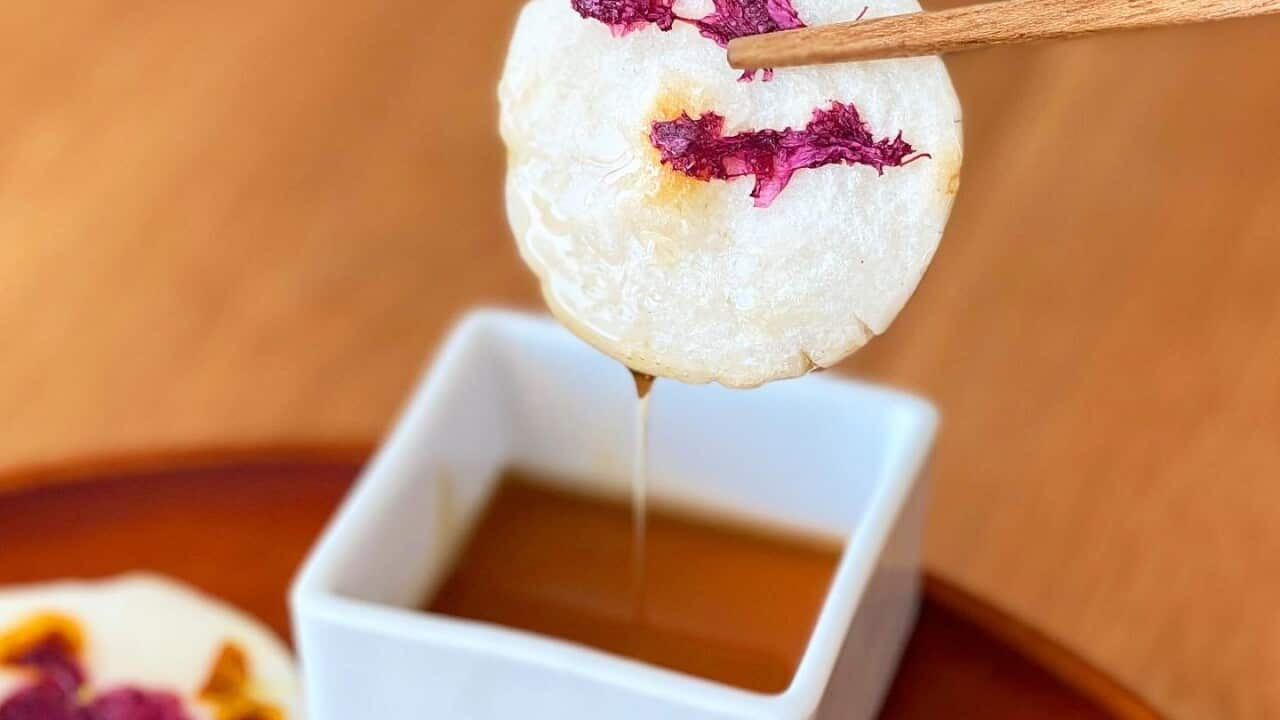--- 's fourth season airs weeknights on SBS Food(Ch.33) at 7.00pm. All episodes available anytime on . ---
Korean cuisine is a tantalising blend of spice, colour and texture that has captivated people's palates around the world. From bibimbap and tteokbokki to kimchi, there is much to discover and love about Korean food.
This cuisine is centred around the humble bowl of rice, which is accompanied by an array of side dishes including meat, seafood, vegetables, fermented foods, soup or stew. This simple yet versatile structure forms the foundation of a variety of dishes.
Eating Korean food is one thing, but mastering how to cook it is another. Korean food expert and kimchi queen Heather Jeong shares her top three pantry staples to help people get started. Gochugaru
Gochugaru

Heather Jeong's Korean pantry staples including perilla leaves, gochugaru, sesame oil and aekjeot. Source: Heather Jeong
Gochugaru, a mild seedless chilli powder with a hint of sweetness, has long been a staple ingredient in Korean cuisine, particularly in kimchi making.
"Coarsely ground (finer than chilli flakes) gochugaru is mainly used to make kimchi, soups, marinades, pickles and salads, whereas finely ground gochugaru is the main ingredient in gochujang (Korean chilli paste)," says Jeong. She uses gochugaru almost daily to marinate meat, pickle vegetables and boost the flavour of soups. Among her favourite ways to use it are in seafood stir-fries featuring squid and octopus, and in traditional Korean dishes like sundubu jjigae (soft tofu hotpot) and fish stew.
She uses gochugaru almost daily to marinate meat, pickle vegetables and boost the flavour of soups. Among her favourite ways to use it are in seafood stir-fries featuring squid and octopus, and in traditional Korean dishes like sundubu jjigae (soft tofu hotpot) and fish stew.

Gochugaru. Source: Jung Eun Chae
Korean chef and restaurateur Jung Eun Chae describes the appeal of gochugaru. "The heat, sweetness and smokiness of the red pepper flakes perfectly complement the tangy and slightly sour taste of the fermented vegetables."
SUNDUBU JJIGAE RECIPE

Spicy silken tofu hotpot (sundubu jjigae)
Aekjeot
Like any good fish sauce, aekjeot is packed with umami. It is produced by fermenting fish, such as anchovies or sand lance.
"When making and fermenting aekjeot, use only the utmost fresh seafood with salt," Jeong says. "This pure and natural form of fish sauce can enhance and elevate any dish."
This pure and natural form of fish sauce can enhance and elevate any dish.
Aekjeot flavours dishes like stews, and helps to ferment kimchi. Remember, a little goes a long way, so use it sparingly. Kkaennip
Kkaennip

Kimchi. Source: Jung Eun Chae
Kkaennip (perilla leaves) are edible leaves in the mint family. The big, flat leaves impart a refreshing, aniseed-like flavour to Korean cooking. Kkaennip are a versatile ingredient since they can be eaten raw or cooked. You can wrap them around rice and meat (ssambap), add them to salads, or pickle them to make kkaennip (perilla) kimchi.
MEAT WRAP RECIPE

Grilled barbecued pork belly
According to Chae, "With its slightly bitter and nutty taste and sesame-like aroma, kkaennip is especially great for grilled meats.
"It complements the savoury and smoky flavours and adds a fun crunch."
MORE KOREAN FOOD

The Korean salty-sweet egg street sandwich








